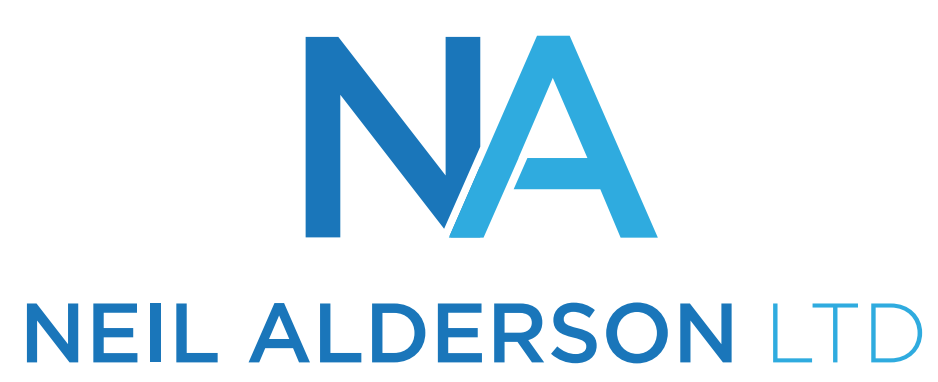Over the past 20 years working as a consultant and leader within corporate businesses, I have experienced my fair share of change activities. The activities included core system replacement, cultural transformation, operational improvement, target operating model design, all with varying levels of perceived and tangible success.
At the core of these programmes there was a reliance upon a process/approach to enable the business to deliver against the project expectations, but over the years I that there was more to it.
I started to ask myself the question why is it that even with the knowledge and experience of different approaches, do projects and programmes deliver below an optimal level.
A major part of this is that every business has its own unique culture, style. Therefore finding a one size fits all approach is a tough challenge.
Any approach needs to adapt to its surroundings, the business, its customers, and employees.
Personal Change Comparison
For example in the personal health and fitness world where there are thousands of approaches to weight management. This could be calorie counting, a new trendy celebrity plan, strict macronutrient plans, flexible dieting approaches, weight loss groups etc.
These are all just the methods/approaches that you can take on to lose weight.
At the heart of these are principles that guide the process of weight management. Primarily this being energy balance or “calories in vs calories out”
Each approach is just a different a plan to achieve the appropriate energy balance (With varying levels of efficacy). Every individual needs to find the approach that best fits their lifestyle, health, mindset, and goals.
It seems that we spend too much time focusing on the approach rather than educating ourselves with the fundamental principles of creating sustainable change.
Often you are looking for the next silver bullet that is going to answer all of your problems and therefore as soon as one approach doesn’t deliver the expected results you blame the process and the start to look for the next one rather than understand there are some core principles that are being missed.
A successful sustainable approach may include the following:
- Core principle of managing energy balance
- Achieves results to promote adherence and drive motivation
- An individual can adhere to the plan and integrates with lifestyle
- Clear definition of where they are going – What are you trying to achieve?
- Is it sustainable and is there a plan for ongoing management
- Is it a lifestyle change and develops new healthy habits
- Does it promotes personal responsibility and accountability for your health
- Provides education for individuals to learn and develop
These are just a few core principles that make a great weight management approach. what about the business world…
Business Change Principles
It is exactly the same in business change. It is about preparing the business to take on change and understand the core principles of what is important.
The way in which any change is implemented will depend on the business, its customers, employees and the environment it works within.
The following are areas identified as key principles of managing successful and sustainable change in business, irrespective of the way you implement:
Clarity of Outcome
Build an absolutely clear outcome to be achieved and ensure that all involved have a deep understanding of the results required and the impact on the business and their roles. The sponsor will drive this deep understanding and ensure that the reason for is compiled and evaluated to gain the support across the business to progress.
As in the personal health example above you need to know where you are going to ensure that you choose the right road to take.
The outcome will drive the key success factors of a change initiative which ultimately will form the core part of the measurement of the benefits going forward.
Ensure you have an outcome that is clear that drives the following:
- Individuals understanding of their role in change
- Understand the focus areas of the business
- Create a personal link to the change and their contribution to its success
- Drive the measurement and awareness of benefits to be
- Promotional aid to gain buy-in from all areas of the business
- Ensure that the change initiative stays focused to it core aims
- Promotes strong sponsorship and accountability
Sponsorship – Accountability & responsibility
A vital part of effective and successful change activities is the capability and influence of the sponsors of the initiatives. The sponsors lead the change activities and are accountable for of the expected results.
They are the ambassador and champion for the initiative across the business ensuring that engagement, promotion, and momentum for the change is a focus in the business.
Their role is vital to the ongoing progress and success of the change, engaging the business, communicating the reason to drive the of benefits (tangible and intangible). This is a key role to lead from the top and develop the culture and for your business.
The sponsor is accountable for the change and has the responsibility to build a team to deliver the agreed outcomes. They hold their team accountable to their own day to day responsibilities and remove barriers for ongoing progress of the initiative.
The following are key areas for your business to define when understanding the principle of sponsorship.
- Agree your businesses version and definition of what makes a great sponsor
- Coach individuals on what is expected and the attributes/competencies of a sponsor
- Develop the overall business knowledge of the role of a sponsor
- Build accountability within roles, process and performance management for the delivery of change
Appropriate & relevant Framework ( e.g. Portfolio management, Prince 2, Agile, Waterfall, change governance etc)
Develop a framework for change that is appropriate and delivers against the needs of the business. This will vary depending on the business and the flexibility required.
From relatively high-level planning and control to full detailed planning and project management. The following are considerations when thinking about the most appropriate method to use and what is
- Control & management of risk
- Planning and schedules
- Visibility, against goals & progress management
- Escalation of issues and response effectiveness (Speed of decision making)
- Communication and engagement
- Flexibility to internal and external factors
- Quality measurement
- Customer experience & engagement
- Cultural requirements
- Operating model design
Engagement
Successful change programmes are dependent on managing the level of engagement and communication to ensure acceptance and adherence to the change going forward. A clearly planned and thought through engagement plan will ensure your people and customers are included in the journey appropriately so outcomes are achieved and impacts .
Focusing on engaging your teams along the journey will disruption on implementation without unduly stalling the progress of the initiative. The style of engagement and communication throughout the change journey will determine the level of success of the implementation and ongoing management of the business.
The following are some key areas to think about when defining your engagement plan.
- Nature of change – transformational, incremental
- The type of change – level of sensitivity and impact of change
- Develop and individual understanding of the change and impact on their role and area
- Customer engagement – proactive engagement with customers where relevant to any impact to service
- Proactive creation of the , results approach needed for success
- Provide absolute clarity over the operating model
- Manage internal and external engagement
Culture
Your business culture should be a major part of any change programme and how it is set up. Understand how your culture will aid the change programme or key areas that need to be taken into account into the activities to ensure progress.
The following is a model called the cultural web (Source: Wikipedia) which can be used to a company culture and understand ways in which a change programme can use or adapt the culture going forward.
“Gerry Johnson (1988) described a cultural web, identifying a number of elements that can be used to describe or influence culture:
- The paradigm: What the is about, what it does, its mission, its values.
- Control systems: The processes in place to monitor what is going on. Role cultures would have vast rule-books. There would be more reliance on individualism in a power culture.
- Organisational structures: Reporting lines, hierarchies, and the way that work flows through the business.
- Power structures: Who makes the decisions, how widely spread is power, and on what is power based?
- Symbols: These include logos and designs, but also extend to symbols of power such as parking spaces and executive washrooms.
- Rituals and routines: Management meetings, board reports and so on may become more habitual than necessary.
- Stories and myths: build up about people and events, and convey a message about what is valued within the .”
This model can help to break down the key areas you want to take advantage of in your change activities and those that you need to influence to ensure the ongoing success of your programme.
These are my 5 key change management principles to ensure you have planned and in order to drive the successful progression of your change activities and the of the expected results.
If you would like to get in touch or learn more about the services at Neil Alderson Ltd then please contact me at neilalderson@neilaldersonltd.co.uk or via my website www.neilaldersonltd.com

